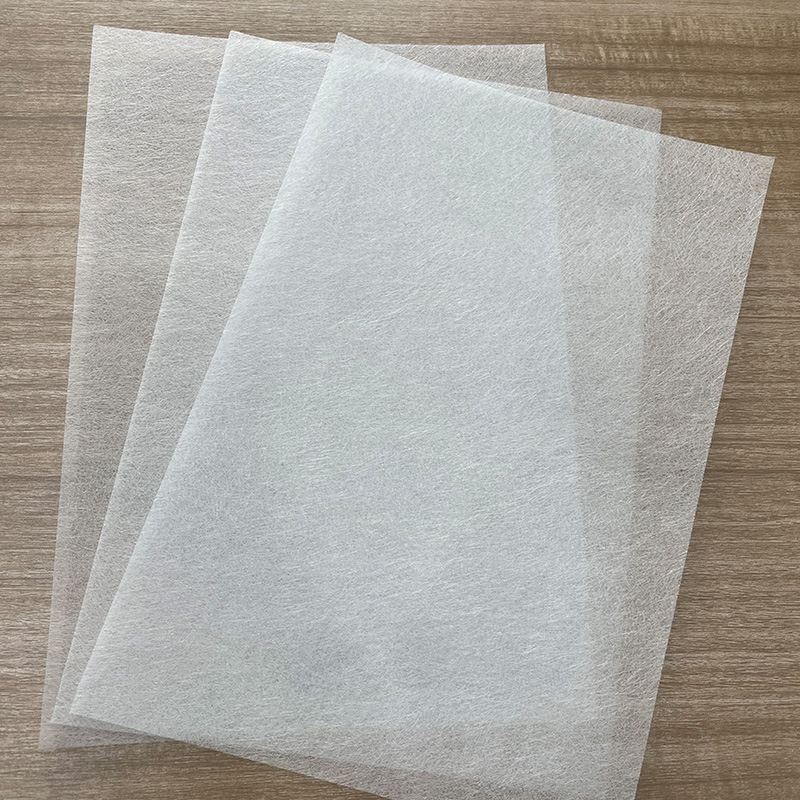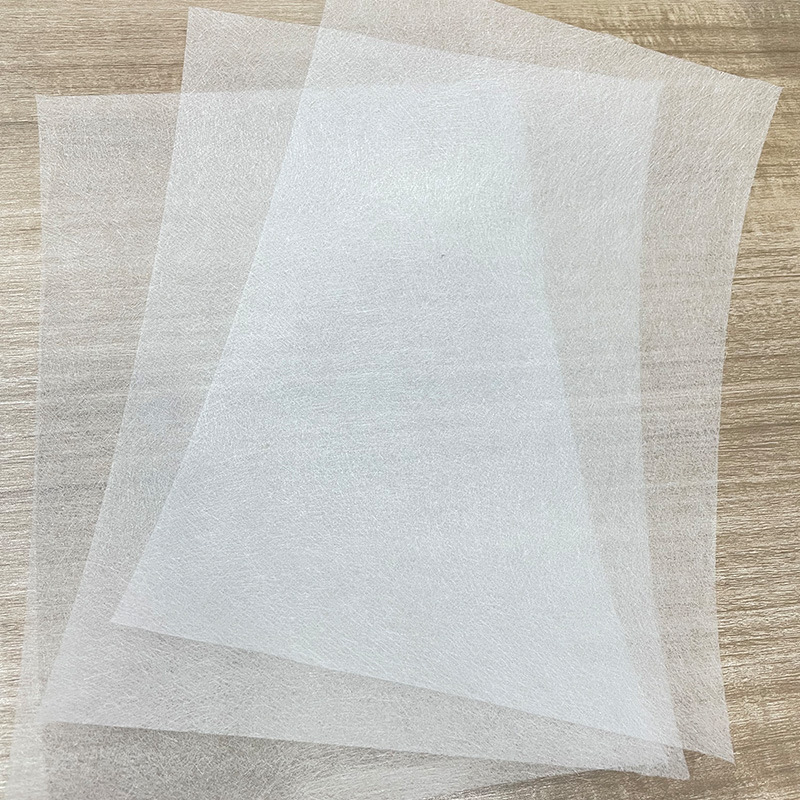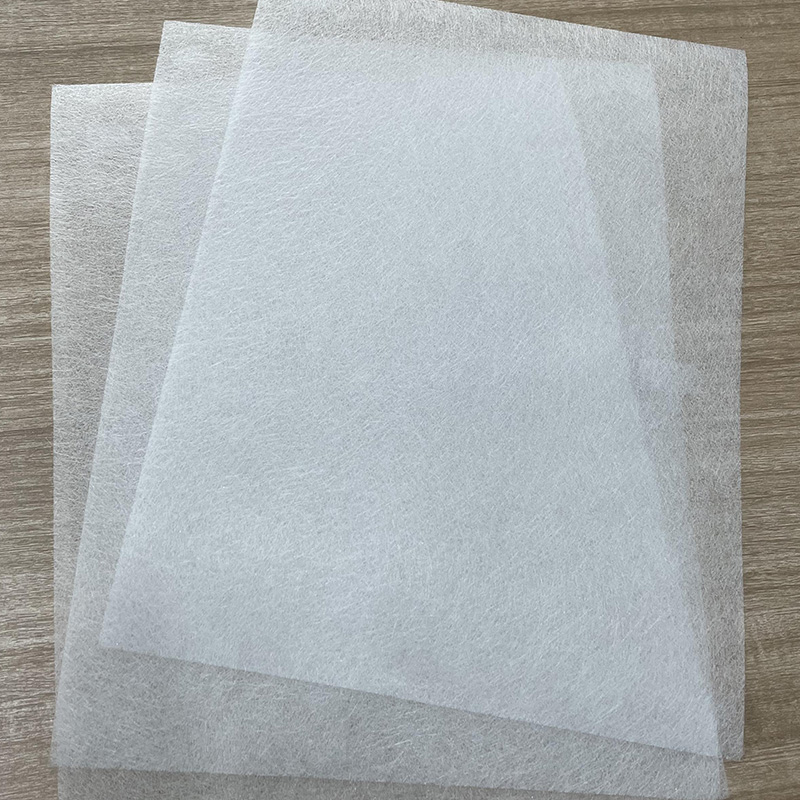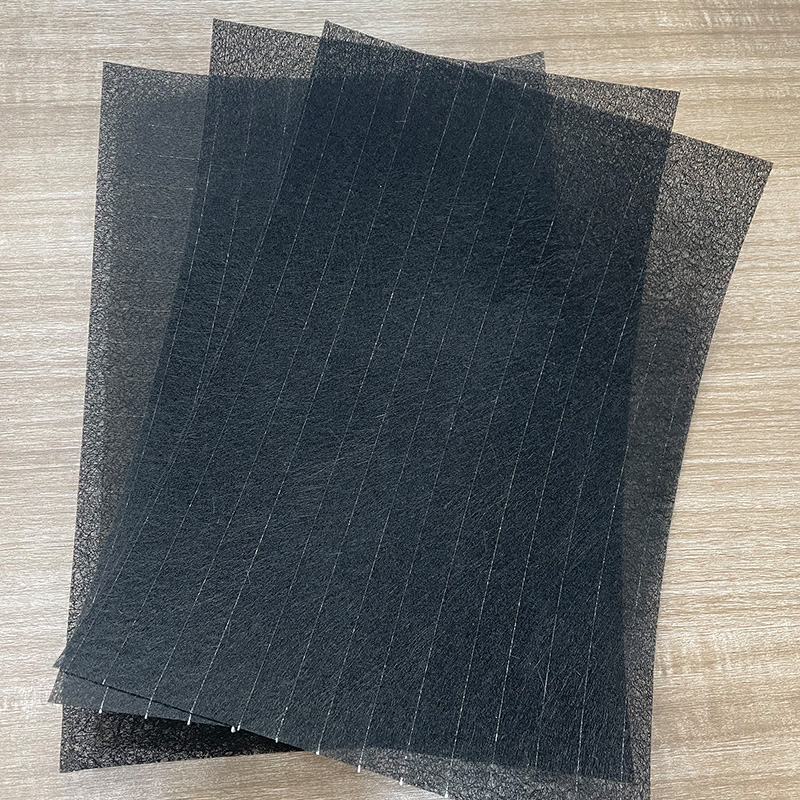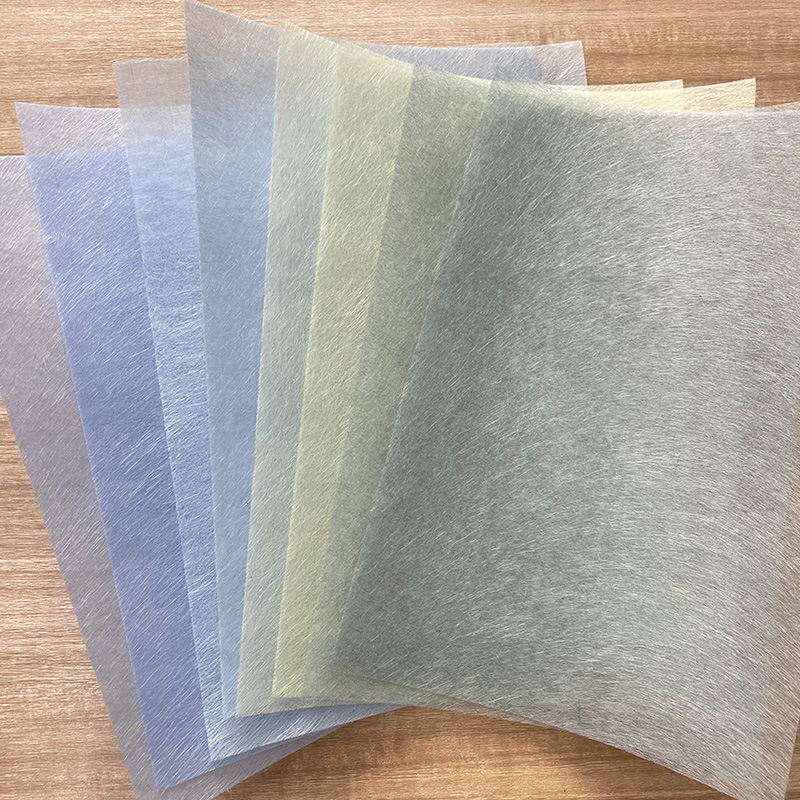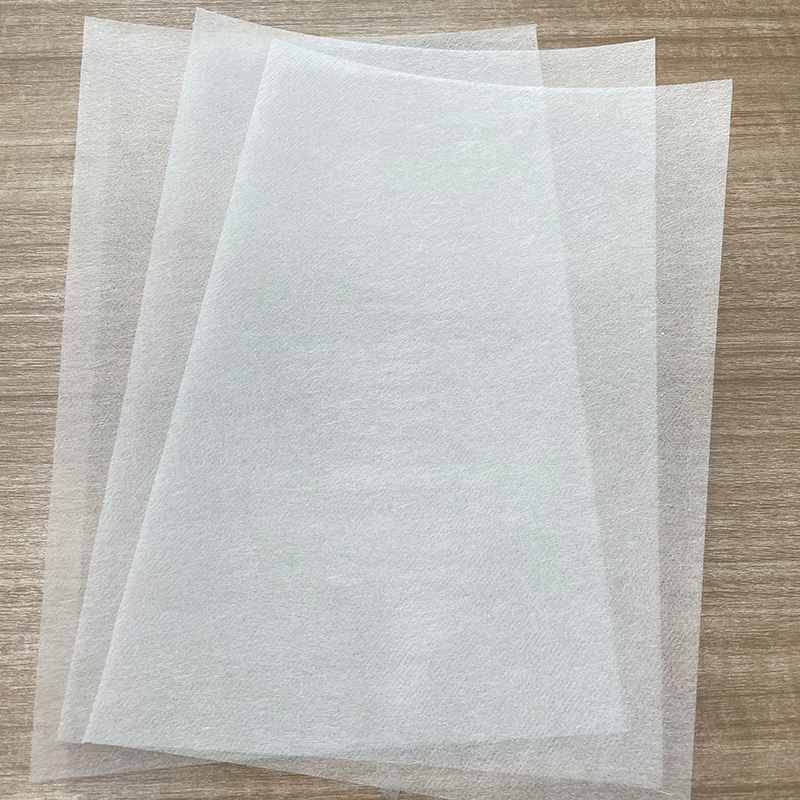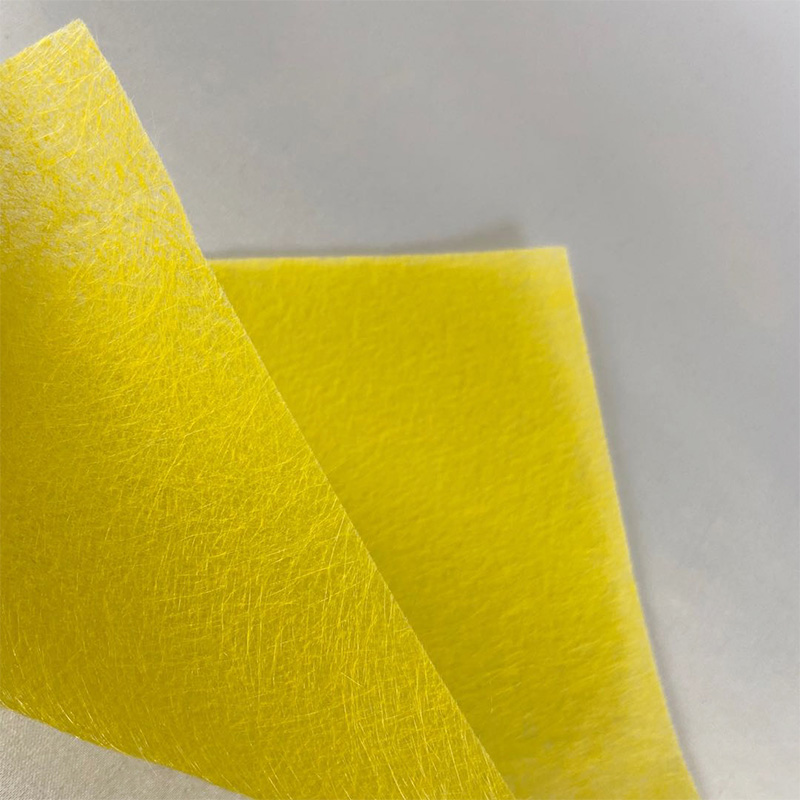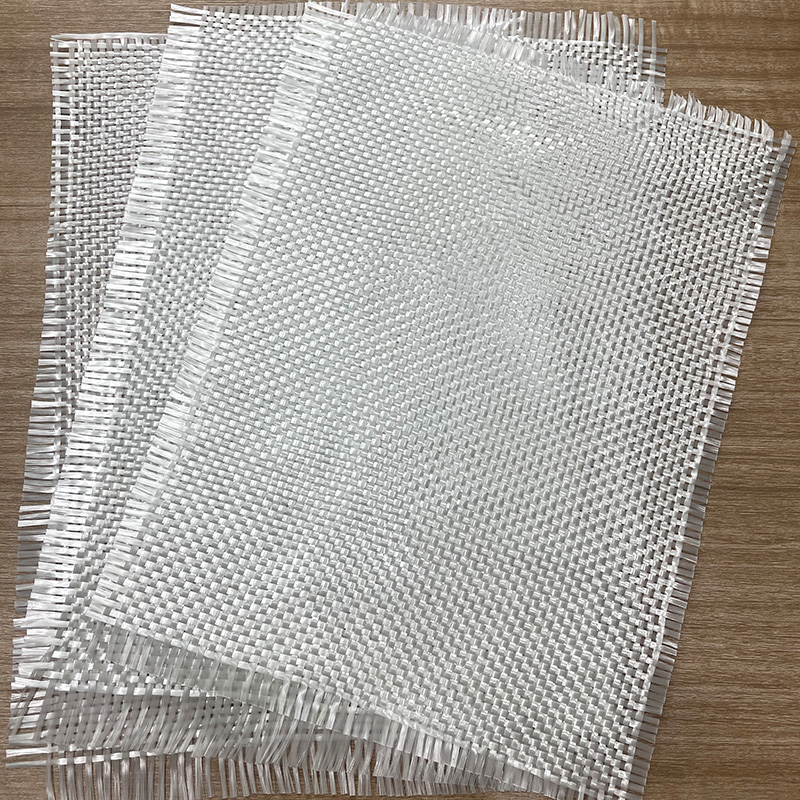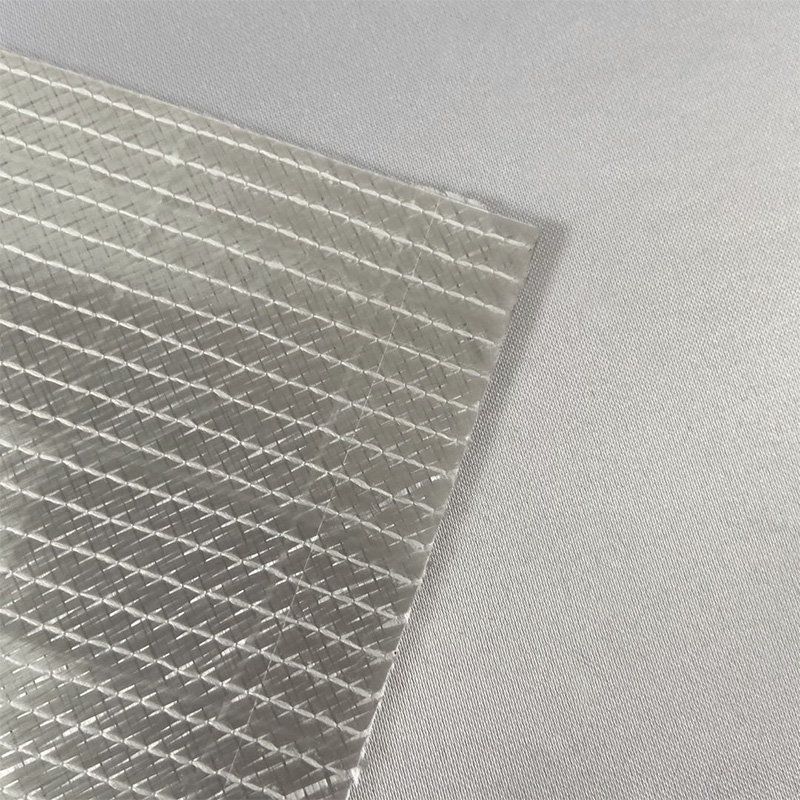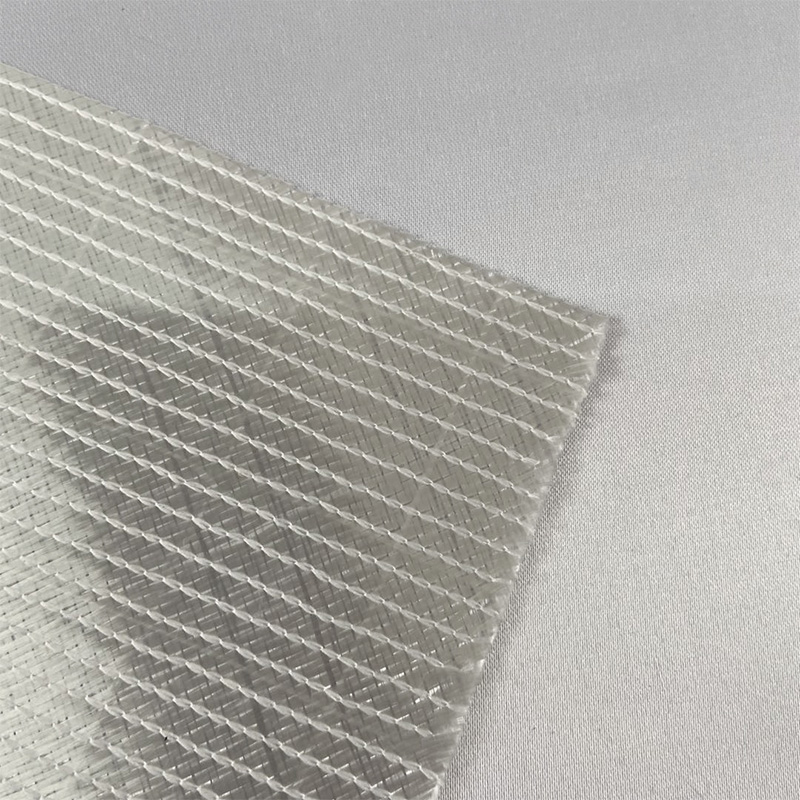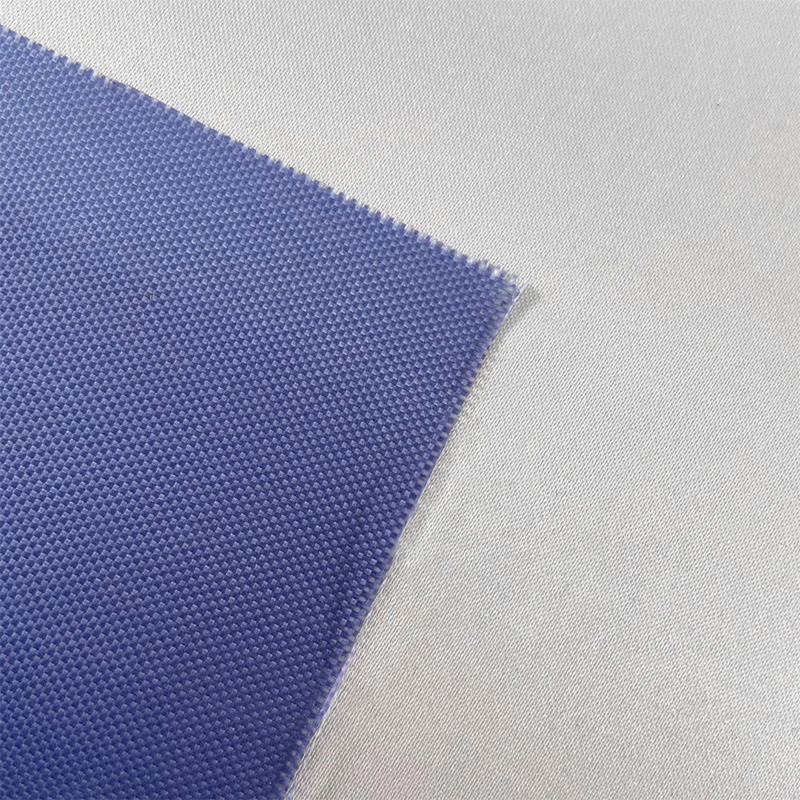Why Carbon Fiber Felt Becomes the Preferred Choice for High-Performance Materials in Various Fields
Carbon fiber felt, with its composite properties of light weight, high temperature resistance, and high strength, has become a key alternative to traditional materials in environmental protection, energy, aerospace, and other fields. Its core advantages stem from its unique structure and composition: a porous network formed by disorderly interwoven carbon fibers not only retains the high strength of carbon fibers themselves (tensile strength up to 3000MPa or more) but also possesses excellent air permeability and adsorption due to its porosity (usually 40%-80%). In terms of weight, carbon fiber felt has a density of only 1.6-2.0g/cm³, less than a quarter of that of steel, yet it can withstand temperatures above 2000℃, far exceeding the heat resistance limit of metal materials. This characteristic makes it suitable for high-temperature filtration applications (such as industrial kiln flue gas treatment), where it can tolerate high flue gas temperatures while intercepting particles through its porous structure. In the energy sector, when used as a battery electrode substrate, it can simultaneously meet the needs of conductivity and electrolyte permeability. Additionally, carbon fiber felt exhibits extremely strong chemical stability and hardly reacts with acids or alkalis except for a few strong oxidants, making it suitable for long-term use in corrosive environments. Compared to alternative materials like glass fiber felt, it has better fatigue resistance and is less prone to embrittlement and fracture after repeated stress, thus occupying an irreplaceable position in high-end applications requiring both performance and longevity.
Efficiency Testing and Application of Carbon Fiber Felt in High-Temperature Smoke Filtration
In high-temperature smoke filtration scenarios such as industrial kilns and waste incineration, the filtration efficiency and stability of carbon fiber felt need to be verified through standardized tests. A commonly used testing method is the “high-temperature flue gas simulation experiment”: fix a 5-10mm thick carbon fiber felt sample in a filtration device, introduce simulated flue gas containing particles with a diameter of 0.1-10μm (temperature set to 800-1200℃, flow rate 1.5-2m/s), and measure the particle concentration before and after filtration after 24 hours of continuous filtration. The qualified standard is that the filtration efficiency for particles larger than 0.3μm is ≥99%, and the increase in filtration resistance does not exceed 30% of the initial value. In practical applications, treatment methods need to be selected according to the flue gas composition: for flue gas containing acidic gases (such as sulfuric acid mist), silane-treated carbon fiber felt should be used to enhance corrosion resistance through surface modification; for scenarios containing oily particles, the felt body should be treated with a hydrophobic coating to avoid pore blockage. During installation, carbon fiber felt needs to be made into pleated filter bags to increase the filtration area while reducing air resistance, with a 10-15cm spacing between filter bags to ensure uniform passage of flue gas. During use, high-temperature back-blow cleaning (using 200-300℃ compressed air for reverse purging) should be performed every 3-6 months to remove particles attached to the surface and maintain the stability of filtration efficiency.
Comparative Analysis of Corrosion Resistance Between Carbon Fiber Felt and Glass Fiber Felt
The difference in corrosion resistance between carbon fiber felt and glass fiber felt is mainly reflected in chemical stability and environmental adaptability, and selection should be based on the medium characteristics of the use scenario. In acidic environments (such as industrial wastewater treatment with pH 2-4), carbon fiber felt shows significant advantages: its main component is carbon, which has strong chemical inertness. When in long-term contact with non-oxidizing acids such as hydrochloric acid and sulfuric acid, the weight loss rate is less than 1% per year, while glass fiber felt (containing silicon dioxide) will be corroded by acid due to the silicon-oxygen bond, with a weight loss rate of 5%-8% per year, and the surface will show chalking. In alkaline environments (such as flue gas desulfurization systems with pH 10-12), the corrosion resistance of the two is relatively similar, but carbon fiber felt has better anti-embritlement ability—glass fiber felt will gradually lose toughness under the long-term action of strong alkali and is prone to fracture under external force, while the mechanical property retention rate of carbon fiber felt can reach more than 80%. For environments containing fluorides (such as waste gas treatment in aluminum plant electrolytic cells), the tolerance of carbon fiber felt is far superior to that of glass fiber felt, because fluoride ions will react with silicon in glass to form silicon fluoride gas, leading to material degradation, while carbon fiber does not react with it. In addition, carbon fiber felt is hardly affected in organic solvents (such as toluene and acetone), while the resin coating of glass fiber felt may be dissolved, resulting in loose structure.
Key Points in Processing and Cutting Technology for Carbon Fiber Felt Battery Electrode Substrates
When processing carbon fiber felt into battery electrode substrates, cutting accuracy and surface treatment directly affect electrode performance, requiring strict control of process details. Before cutting, carbon fiber felt needs to be pre-treated: lay it flat in an environment with a temperature of 20-25℃ and humidity of 40%-60% for 24 hours to eliminate internal stress in the material and avoid warping after cutting. Laser cutting machines should be used for cutting, with laser power set to 50-80W and cutting speed 50-100mm/s. This method can avoid edge fiber shedding caused by mechanical cutting, and at the same time, the cutting edge is melted instantly by high temperature to form a smooth sealed edge, reducing fiber impurity shedding in subsequent use. The cutting size error should be controlled within ±0.1mm, especially for substrates used in laminated batteries. Excessive size deviation will lead to poor electrode alignment and affect charge-discharge efficiency. After cutting, surface activation treatment is required: soak the carbon fiber felt in 5%-10% nitric acid solution, treat it at 60℃ for 2 hours, take it out and rinse it with deionized water until neutral. After drying, the number of surface hydroxyl groups can be increased by more than 30%, enhancing the bonding force with electrode active materials. The treated substrate should be coated with electrodes within 48 hours to avoid surface activity degradation due to long-term exposure.
Influence Law of Carbon Fiber Felt Insulation Layer Thickness on Thermal Insulation Effect
When carbon fiber felt is used as the insulation layer of high-temperature equipment, the relationship between its thickness and thermal insulation effect is non-linear, and it needs to be scientifically designed according to the working temperature of the equipment. In the range from room temperature to 500℃, the thermal insulation effect improves significantly with the increase of thickness: when the thickness increases from 5mm to 20mm, the thermal conductivity decreases from 0.05W/(m·K) to 0.02W/(m·K), and the thermal insulation performance increases by 60%, because the increased thickness extends the heat conduction path, and the static air layer in the pores hinders heat transfer. When the temperature exceeds 800℃, the influence of thickness on the thermal insulation effect weakens—when increasing from 20mm to 30mm, the thermal conductivity decreases by only 5%-8%, because heat radiation becomes the main heat transfer mode at high temperatures, and simply increasing the thickness has a limited effect on reducing radiation heat transfer. In practical applications, composite structures need to be selected according to the working temperature: a single layer of carbon fiber felt can be used below 500℃, with a thickness of 10-15mm; for 800-1200℃, a composite structure of “carbon fiber felt + reflective layer” is required, that is, each 10mm carbon fiber felt is matched with an aluminum foil reflective layer, which uses the reflective layer to block heat radiation. At this time, the total thickness controlled at 20-25mm can achieve the ideal effect, and excessive thickness will increase the load of the equipment. During installation, it is necessary to ensure that the insulation layer is seamless, with 5-10mm overlap at the joints, and fixed with high-temperature resistant thread stitching to prevent hot air from penetrating through the gaps.
Implementation Methods for Enhancing the Strength of Carbon Fiber Felt Through Chemical Treatment
To enhance the strength of carbon fiber felt through chemical treatment, it is necessary to adopt an impregnation-curing process to strengthen the overall structure, aiming at the weak bonding force between its fibers. A commonly used method is resin impregnation treatment: select high-temperature resistant epoxy resin (temperature resistance ≥200℃), mix it with curing agent at a ratio of 10:1, add an appropriate amount of acetone to dilute to a viscosity of 500-800mPa·s, completely immerse the carbon fiber felt in it, and defoam in a vacuum environment (-0.09MPa) for 30 minutes to ensure that the resin fully penetrates into the pores. Take it out and squeeze it with a roller to control the resin content to 30%-40% of the felt weight (excess will increase the weight, while insufficient will limit the strengthening effect), then pre-cure it in an oven at 120℃ for 1 hour, and then heat it to 180℃ for curing for 2 hours, so that the resin forms a three-dimensional network structure to tightly bond the carbon fibers. After this treatment, the tensile strength of carbon fiber felt can be increased by 50%-80%, and the tear resistance is more significantly improved. For scenarios requiring higher strength, carbon nanotube modification treatment can be used: soak the carbon fiber felt in a carbon nanotube dispersion (concentration 0.5%-1%), perform ultrasonic treatment for 30 minutes to make the carbon nanotubes adhere to the fiber surface, then carbonize at 800℃ for 1 hour under the protection of inert gas. Carbon nanotubes will form a “bridging” structure between fibers, further improving the strength while retaining the high-temperature resistance of the material. The treated carbon fiber felt needs to undergo strength testing to ensure that the tensile strength is ≥50MPa, meeting the structural bearing requirements.


 English
English 中文简体
中文简体 русский
русский Español
Español